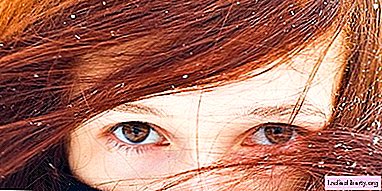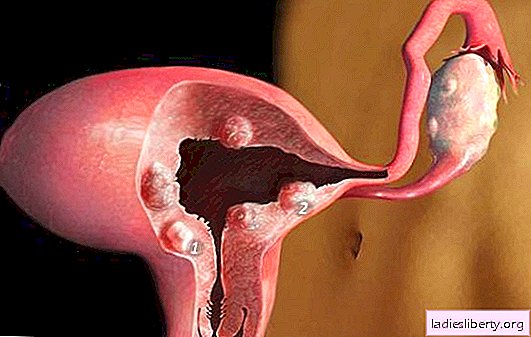
Seborrhea - a type of skin disease during which interruptions in the normal functioning of the sebaceous glands occur, they occur due to functional neurogenic disorders that lead to the appearance of seborrheic dermatitis, acne, eczema, etc.
According to statistics, seborrhea is most often affected by young people aged 12 to 24 years. Certain violations of the functions of the endocrine and nervous systems that occur during puberty lead to malfunctioning of the sebaceous glands, thereby creating all the favorable conditions for the development of infection.
Seborrhea - Causes
The exact causes of this disease are not yet fully understood. Therefore, we can talk about factors affecting the development of seborrhea:
- Predisposition at the gene level (observed as a family feature or trait, increased sebum secretion and strongly expressed development of the sebaceous glands)
- various diseases of the gastrointestinal tract, disorders of the endocrine system, mental illness.
- hormonal changes expressed by a change in the normal ratio of androgens and estrogens (male and female sex hormones, respectively).
Nerve disorders that disrupt the development of the central nervous system. Psychogenic stresses actively contribute to the increased production of sebum.
-unbalanced and unsystematic nutrition, lack of vitamins of groups A and B, as well as trace elements.
Seborrhea - Symptoms
Since the occurrence of seborrhea is associated with activation of the production of sebum, the main foci are in places of large accumulation of sebaceous glands of the human body. Obvious signs of the disease:
- plentiful dandruff
- thickening of the stratum corneum of the epidermis (outer layer of the skin)
- severe hair loss, with the possibility of focal baldness
skin itch
-gin shine and peeling of the skin.
Seborrhea - diagnosis
Two oriented tests are used to diagnose seborrhea, proving that the patient has increased sweating and a sebum-horn plug, resulting from blockage of the sebaceous glands. If you wipe the skin of a person suffering from seborrhea with filtered paper, then an “oil stain” appears at the place of contact of the sheet of paper and oily skin.
When fingers squeeze a portion of the skin infected with seborrhea, whitish threads, the so-called acne, stand out from the mouths of the sebaceous glands. The secretion of sebum is evaluated in various areas of the skin with a special device - sebometer. Diagnosis of seborrhea involves a biochemical blood test.
If necessary, the use of ultrasound of the abdominal cavity, as well as the thyroid gland, is possible.
Seborrhea - treatment and prevention
The treatment of seborrhea itself is closely associated with the treatment of all pathological disorders of the body. It is necessary to conduct a thorough examination of the nervous system, internal organs, as well as adjust the hormonal background. With seborrhea, experts advise eating sour-milk products, vegetables, fruits, as well as foods rich in fiber and vitamins. Spicy, oily, canned foods should be avoided. Limit the use of salt, flour and sweet foods.
Walking in the fresh clean air, taking mineral baths, playing sports and physical education are advised. In addition, a sound and healthy sleep is required, without violating the regime. If during the illness the patient has some nervousness, hanged irritability, then the doctor prescribes sedatives.
Measures to prevent a disease such as seborrhea have not yet been developed.











